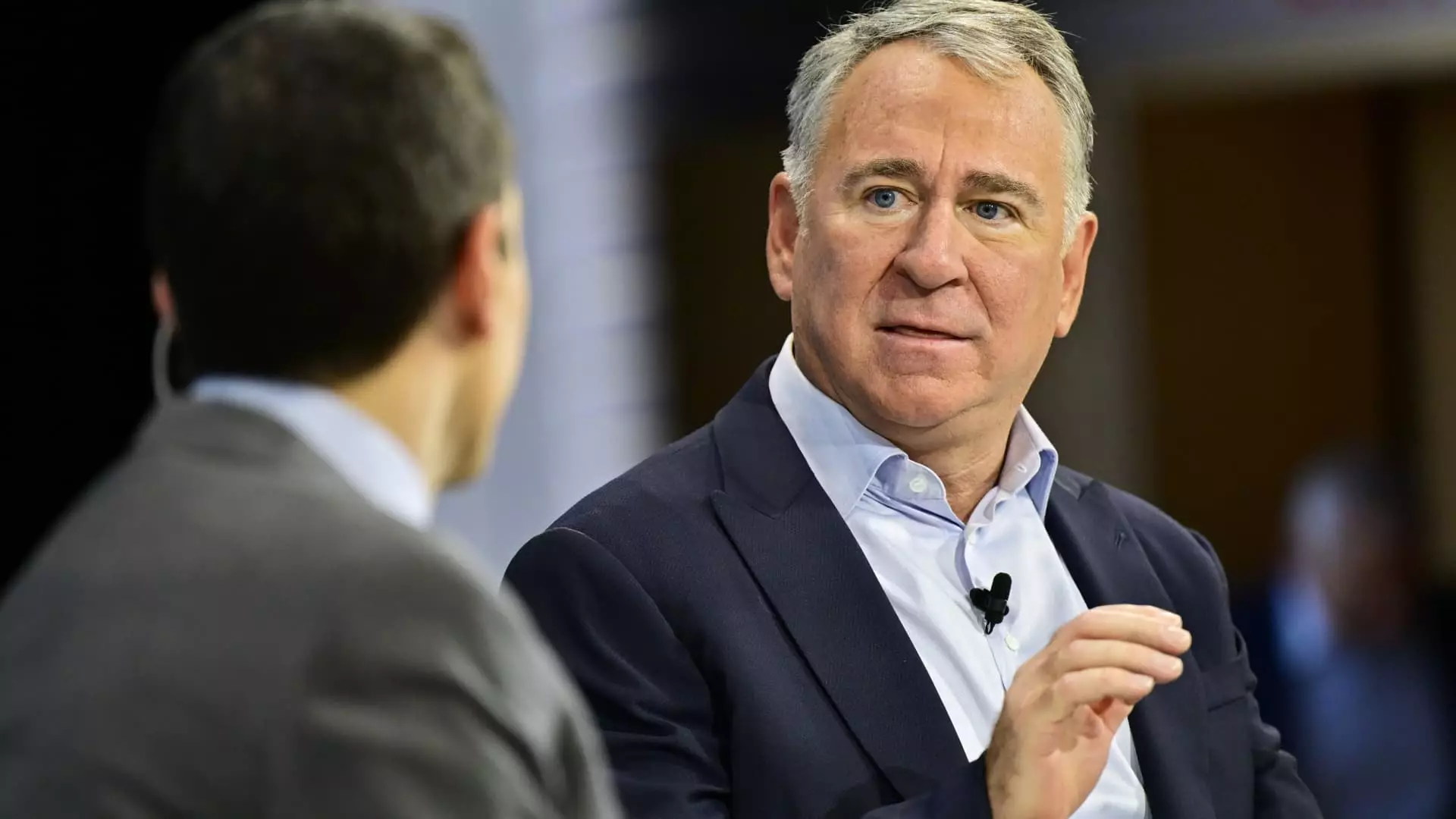In January, Ken Griffin’s Citadel demonstrated a remarkable ability to navigate turbulent markets, with its flagship Wellington hedge fund registering a modest 1.4% increase. This small yet significant gain is particularly notable when viewed against the backdrop of a volatile trading environment characterized by sharp investor sentiment swings. Citadel’s multistrategy approach boasts diversification across multiple asset classes including commodities, equities, fixed income, credit, and quantitative strategies, all of which yielded positive results within the month.
The strength of Citadel’s portfolio was evident as all five of its strategic segments contributed to the overall performance. The tactical trading fund, for instance, recorded a notable 2.7% rise, mirroring the performance of the equities fund that employed a long/short strategy. These performance metrics highlight the efficacy of Citadel’s investment philosophy, which places an emphasis on a multidimensional approach capable of adjusting to varying market conditions. Furthermore, the global fixed income segment added a respectable 1.9% to the overall return, underscoring the firm’s adeptness at balancing risk and reward.
January’s market landscape was fraught with volatility, partly instigated by geopolitical tensions and the economic implications of President Donald Trump’s protectionist rhetoric. Investor trepidation was palpable, particularly following unexpected developments such as the emergence of DeepSeek, a Chinese artificial intelligence entity that led to substantial sell-offs in notable tech stocks like Nvidia. This market phenomenon reflects how quickly investor sentiment can pivot, particularly in response to emerging competitive technologies and perceived threats to established markets.
Despite these fluctuations, the broader market exhibited a degree of resilience. The S&P 500 index climbed 2.7%, an impressive feat considering its previous robust performance over the last two years, which marked consecutive annual gains exceeding 20%. The S&P’s cumulative growth of 53% over the past two years mirrors the extraordinary market conditions seen in the late 1990s, underscoring the cyclical nature of economic performance.
Critically, Griffin has spoken out against the potential ramifications of increased tariffs, suggesting that while they may provide short-term benefits to certain domestic entities, the long-term effects could stifle competitiveness and innovation across industries. This perspective is crucial, as it emphasizes the need for sustainable economic policies that do not sacrifice long-term growth for immediate advantage. The complexities of Griffin’s analysis highlight a fundamental tension in contemporary economic discourse: the balancing act between protectionism and free market principles.
In summation, Citadel’s performance amid tumultuous conditions not only exemplifies its strategic prowess but also serves as a microcosm for the ongoing debates surrounding market dynamics and economic policy. As investors navigate an increasingly complex landscape shaped by technological advancements and shifting geopolitical realities, the ability to adapt and leverage diverse strategies will be paramount. As such, Citadel remains a pivotal player to watch in the hedge fund arena as 2025 unfolds.

Leave a Reply